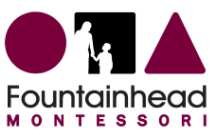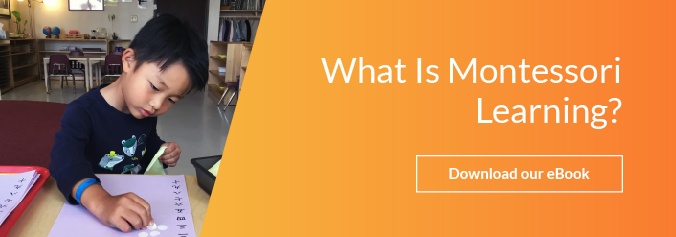A Montessori classroom is a unique learning environment built around the concept of child development, independent learning and respect for the child. While developed in a classroom environment with several children and trained guides, aspects of the Montessori environment may be replicated at home. If you are interested in the Montessori Method but lack access to a Montessori skill, you may wonder how you can do Montessori teaching at home.
The Montessori Method
- The Montessori approach to education was developed with a few key tenets in mind:
Children learn best through movement. - All children have the ability to learn and make progress.
- Children want to learn when given the tools and self-confidence to succeed.
- Respect should be given to the child in order to teach them respect for others and themselves.
- Children thrive when given meaningful work.
With these things in mind, you can create a Montessori environment in your home where your child can thrive in their development and education.
Create Child-Appropriate Activities Within Zones in Your Home
A Montessori classroom is well organized and the lessons are prepared in advance for the child. If you wish to replicate this in your home, think through the different areas your child uses each and every day and provide intentional tools and lessons within those zones.
In the bathroom, children can grow in their care for self through activities such as brushing their teeth, combing their hair, bathing and dressing themselves. Think of how you can help your child become more independent in this space. For example, stools to reach the sink, low-hanging hooks for their towels and a special place for them to keep their combs or other hygiene tools. Provide explicit instruction to your child for how to use the tools and keep their space organized. This will cultivate a sense of pride in caring for their practical needs.
The kitchen is another area of the home that can provide a rich learning environment for your child. By investing in some child-appropriate tools such as kid-friendly knives, hand mixers, spatulas and cutting boards, your child can learn many important skills in the kitchen. Children often love getting involved in helping with mundane tasks around the house. Involvement in the cooking and cleaning for the family can teach the importance of family contribution and care for one another.
Many other practical life skills can be incorporated around the home. By giving your child step-by-step instructions for how to complete tasks, they can gain a sense of responsibility and independence in the home. Children often enjoy tasks such as sweeping, mopping, washing windows, vacuuming, taking out the trash, and endless other activities adults often find mundane. Children, however, enjoy the work and grow in their fine and gross motor skills though these activities.
If you intend to incorporate Montessori teaching at home, it’s also a good idea to learn about the foundational Montessori lessons. By using household items, you can often replicate sensorial, math and language lessons for your child. The Montessori curriculum guides the child through each concept and builds to the next in a way that ensures they learn all the skills necessary to succeed.
While Montessori teaching can be done at home, a classroom provides a holistic experience of the Montessori education. Our experts at Fountainhead Montessori can provide you with more information about the Montessori Method and give you all the information you need to decide if a home or classroom environment is the right fit for you and your family.












Let us know what you think about this post
Put your Comment Below: